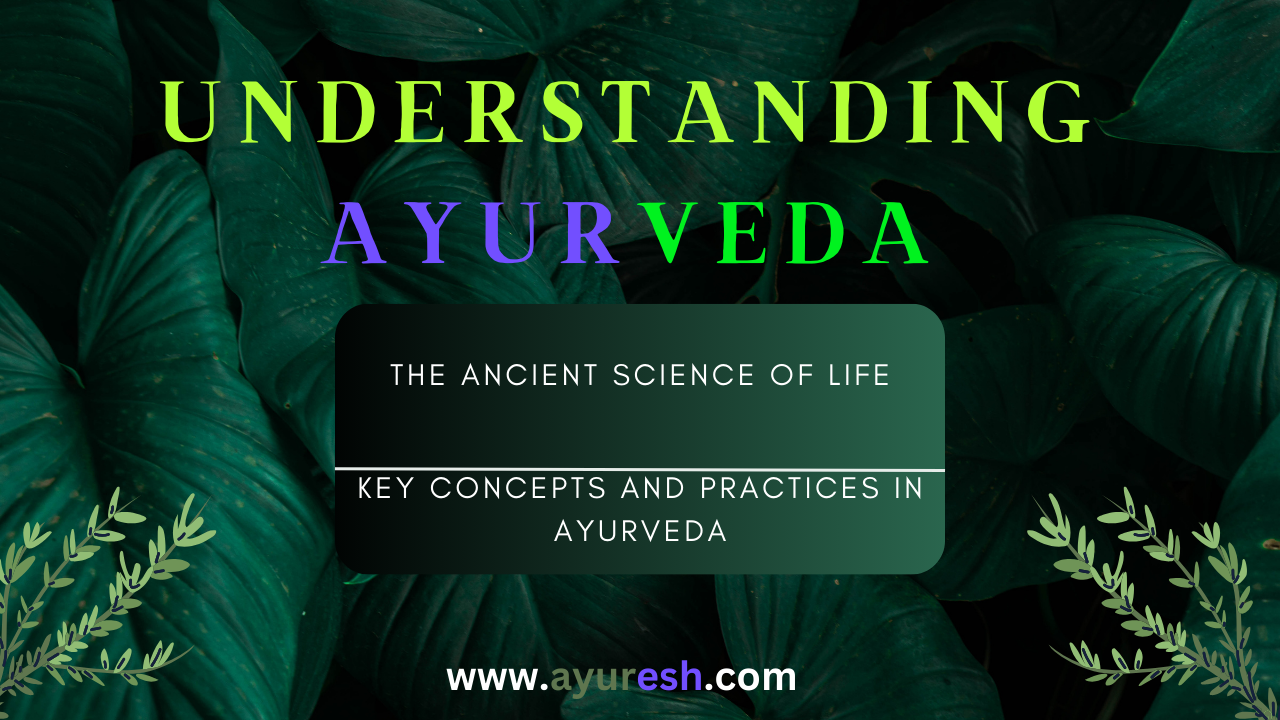
Ayurveda Historical
Ayurveda, often as the “science life,” is a holistic healing that traces its roots thousands of years to ancient India. This insightful practice emphasizes the connection between body, mind, and spirit and its origins are deeply with both cultural and beliefs that have evolved time.
Two of the most significant texts in Ayurveda are the Charaka Samhita and the Sushruta Samhita. Charaka Samhita focuses on the principles of and treatment, while the Sushruta Samhita is regarded as one of the foundational texts of surgery. Together, they provide a comprehensive framework that has guided Ayurvedic practitioners through generations.
As Ayurveda developed, it absorbed influences from various cultural and spiritual traditions. This melding of ideas has enriched its practices, making Ayurveda a vibrant reflection of India’s profound philosophical heritage.
Fundamental Principles
At the heart of Ayurveda are five fundamental elements known as the Pancha Mahabhuta: earth, water, fire, air, and space. These elements combine to form three doshas—Vata, Pitta, and Kapha—which represent different combinations of these elements and influence our physical and psychological health.
- Vata is characterized by air and space, embodying qualities like dryness and lightness.
- Pitta, associated with fire and water, represents heat, transformation, and metabolism.
- Kapha, anchored in earth and water, symbolizes structure, stability, and density.
Understanding these doshas is crucial, as they shape not only our physical health but also our mental and emotional well-being. Ayurveda also considers dhatus (the body’s tissues) and malas (wastes) as important factors in maintaining health.
Holistic Approach to Health
Ayurveda emphasizes the importance of balance and harmony among body, mind, and spirit. This holistic approach leads to a state known as Svastha, which translates to “true health.” Achieving Svastha is about more than just the absence of disease—it’s about thriving in every aspect of life.
Preventative care is a cornerstone of Ayurvedic philosophy. Regular practices and lifestyle choices are encouraged to maintain balance, minimize stress, and promote overall well-being long before issues arise.
Key Concepts and Practices in Ayurveda
2.1 Doshas: The Bodily Energies
The doshas are more than just elements; they shape our individuality. Here’s a closer look at each:
- Vata individuals tend to be creative, energetic, and quick-thinking but can also experience anxiety and restlessness.
- Pitta types are often ambitious, passionate, and confident, but they might become irritable or overheated.
- Kapha individuals are nurturing, calm, and stable, yet they can also struggle with lethargy or dulled emotions.
To determine your dosha, observing physical traits and personality tendencies can be insightful. Online quizzes and consultations with Ayurvedic practitioners can provide clarity.
Dinacharya: Daily Routines
In Ayurveda, daily rituals, or dinacharya, play a critical role in maintaining health:
- Morning practices such as tongue scraping, oil pulling, and gentle stretches can invigorate the body.
- Evening routines may include winding down with calming meditation or herbal teas.
Customizing these routines based on your dosha can enhance their benefits. For instance, Vata types might benefit from nurturing practices, while Pitta types might focus on cooling techniques.
Rasayana: Rejuvenative Therapies
Rasayana therapies aim to promote longevity and vitality. These rejuvenative practices include:
- Incorporating herbs like Ashwagandha and Brahmi, both known for their stress-relieving properties.
- Eating fresh, whole foods rich in nutrients and antioxidants.
Lifestyle choices, such as mindful eating and proper rest, are also vital in this rejuvenate process.
Ayurvedic Treatments and Therapies
Herbal Remedies
Ayurvedic herbal remedies are diverse and effective. Common herbs include:
- Turmeric for its anti-inflammatory properties.
- Tulsi (holy basil) for stress relief.
These herbs can be used in teas, pastes, or capsules, but it’s important to source them sustainably to support the environment.
Panchakarma: Detoxification Process
Panchakarma involves five main detoxification procedures aimed at cleansing the body:
- Vamana (therapeutic vomiting)
- Virechana (purgation)
- Basti (enema therapy)
- Nasya (nasal cleansing)
- Raktamokshana (bloodletting)
These therapies have numerous benefits for rejuvenation and overall well-being. Before undergoing Panchakarma, it’s crucial to consult with a knowledgeable Ayurvedic practitioner.
Ayurveda and Nutrition
Understanding Ayurvedic dietary guidelines can enhance your health. Foods are classified based on their energetic properties:
- Sattvic (light, pure foods) foster clarity and positivity.
- Rajasic (spicy, stimulating foods) can enhance energy but may lead to restlessness.
- Tamasic (heavy, processed foods) can cause sluggishness.
Creating customized meal plans based on your dosha can optimize your nourishment.
Ayurveda in Modern Context
Integration with Conventional Medicine
There is growing recognition of the benefits of integrating Ayurveda with Western medicine. Collaborative practices often yield comprehensive treatment plans that consider both traditional knowledge and modern scientific approaches.
Popularity and Misconceptions
Ayurveda’s popularity has surged globally, yet its rise has brought some misconceptions:
- Some believe Ayurveda is only about herbal medicine, while it encompasses lifestyle, nutrition, and mental well-being.
- The need for standardized practices and scientific research is crucial for proper understanding and application.
Read More about Ayurveda https://ayuresh.com/an-introduction-to-ayurveda-defining-ayurveda
Future of Ayurveda
The future of Ayurveda looks promising, with emerging research focusing on its benefits and applications. Digital health technologies may make Ayurvedic practices more accessible, helping people incorporate its principles into their daily lives.]
Learning and Practicing Ayurveda
Resources for Further Exploration
If you’re eager to delve deeper into Ayurveda, consider exploring these resources:
- Books like “The Complete Illustrated Guide to Ayurveda” and “Ayurveda: The Science of Self-Healing.”
- Online courses from reputable Ayurvedic schools.
- Communities and organizations dedicated to the advancement of Ayurvedic knowledge.
Finding a Qualified Practitioner
When looking for an Ayurvedic practitioner, consider:
- Their credentials and experience.
- Personalized treatment plans that align with your specific needs.
- Questions about their approaches during your initial consultation to ensure a comfortable fit.
Continuing the Journey
Incorporating Ayurvedic practices into daily life can be simple and rewarding. Engaging with community support through workshops or local groups can enhance your journey. Embrace lifelong learning in Ayurveda to continue nurturing your health and balance.
Conclusion
Ayurveda offers a rich tapestry of principles and practices that promote balance and wellness in our modern lives. By understanding its foundational concepts and integrating them into our daily routines, we can foster a deep connection with ourselves and our health.
You can see a video what exactly Dincharya is on YouTube
FAQs
- What are the main differences between Ayurveda and Western medicine?
- Ayurveda takes a holistic approach, focusing on prevention and balance, while Western medicine often emphasizes treatment of specific symptoms and diseases.
- Can Ayurveda be practiced alongside conventional treatments?
- Yes, many individuals find that integrating Ayurveda with conventional treatments enhances their overall health and well-being.
- How do I determine my dosha?
- Observing your physical characteristics, emotional tendencies, and energy levels can help, or you can take online quizzes for guidance.
- Are Ayurvedic remedies safe for everyone?
- While many Ayurvedic remedies are safe, it’s best to consult with a practitioner to ensure they are suitable for your individual health conditions.
- What are the main benefits of following an Ayurvedic lifestyle?





